Cantaloupe Companion Planting Chart: The Ultimate Guide To Growing Delicious Melons
Cantaloupe Companion Planting Chart: The Ultimate Guide to Growing Delicious Melons
Cantaloupes are a delicious and refreshing summer fruit, but they can be tricky to grow. One way to improve your chances of success is to use companion planting. Companion planting is the practice of planting different types of plants together in a way that benefits each other. There are many different companion plants that can be beneficial for cantaloupes, and in this blog post, we will discuss some of the best ones.
Why Use Companion Planting?
There are several reasons why you might want to use companion planting when growing cantaloupes. First, companion plants can help to improve the flavor of your melons. Some companion plants, such as basil and mint, release chemicals that can actually improve the sweetness and aroma of cantaloupes. Second, companion plants can help to deter pests and diseases. Many pests and diseases that target cantaloupes are also attracted to other types of plants, so by planting companion plants that these pests don't like, you can help to keep them away from your cantaloupes. Third, companion plants can help to improve the soil quality. Some companion plants, such as legumes, fix nitrogen in the soil, which can help to provide your cantaloupes with the nutrients they need to grow strong and healthy.
What Are Some Good Companion Plants for Cantaloupes?
Here are some of the best companion plants for cantaloupes:
- Basil: Basil is a classic companion plant for cantaloupes. It helps to improve the flavor of the melons and also helps to deter pests such as aphids and spider mites.
- Mint: Mint is another great companion plant for cantaloupes. It has a strong scent that helps to deter pests such as cucumber beetles and squash bugs.
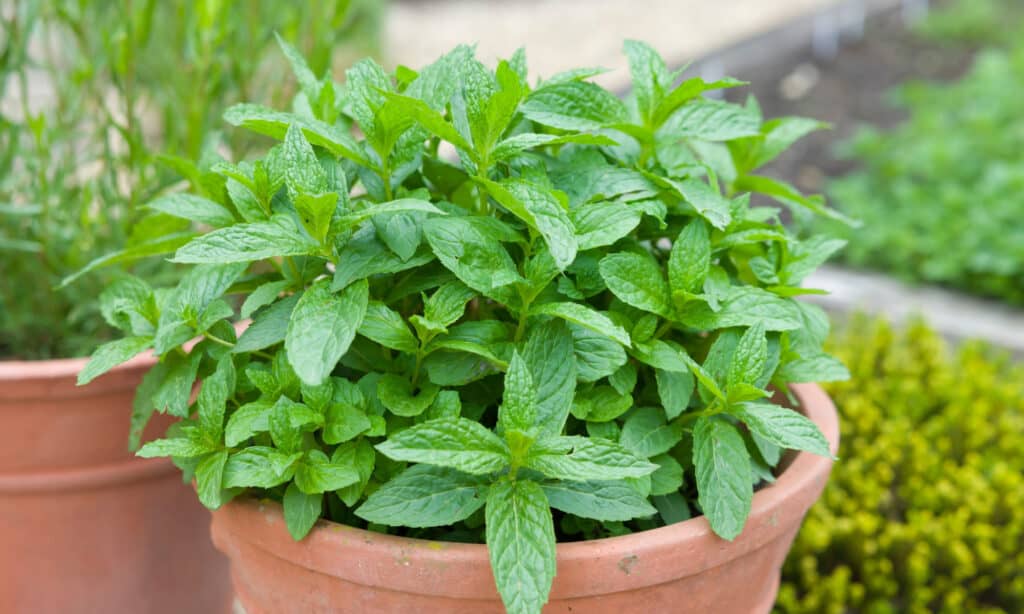
- Marigolds: Marigolds are not only beautiful flowers, but they are also very effective at deterring pests. They release a chemical that pests find unpleasant, so they will avoid plants that are near marigolds.

- Nasturtiums: Nasturtiums are another great choice for companion plants for cantaloupes. They attract beneficial insects such as ladybugs and lacewings, which help to control pests.

- Onions: Onions and other alliums, such as garlic and chives, can help to repel pests such as aphids and rootworms.

- Beans: Beans are legumes, which means they fix nitrogen in the soil. This can help to improve the soil quality and provide your cantaloupes with the nutrients they need to grow strong and healthy.
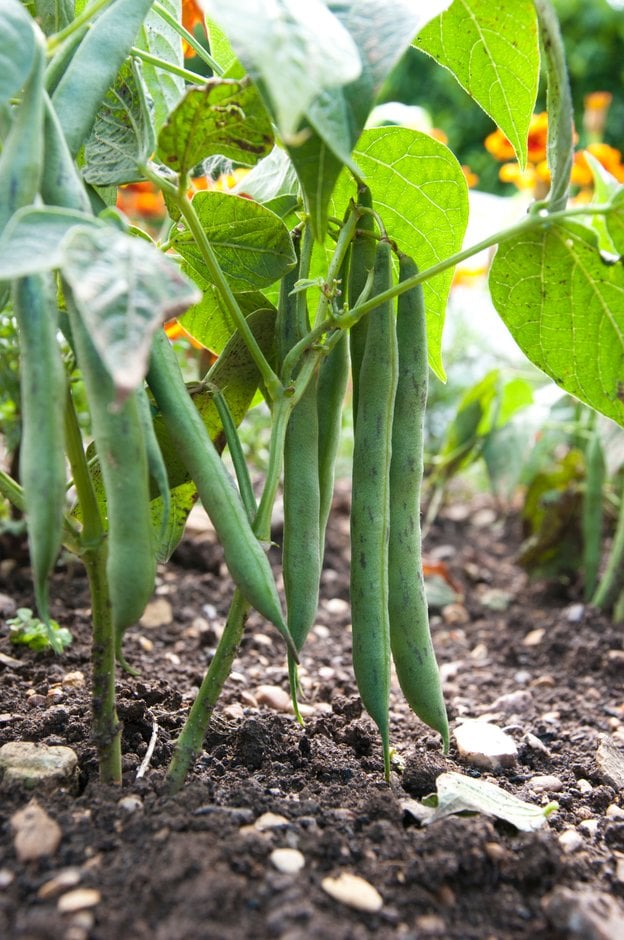-(2).jpg)
- Cabbage: Cabbage is a good companion plant for cantaloupes because it helps to attract beneficial insects such as hoverflies and parasitic wasps. These insects help to control pests that can damage cantaloupes.

- Lettuce: Lettuce is a fast-growing crop that can be planted early in the season. It helps to shade the soil and prevent weeds from growing, which can help to protect your cantaloupe plants.
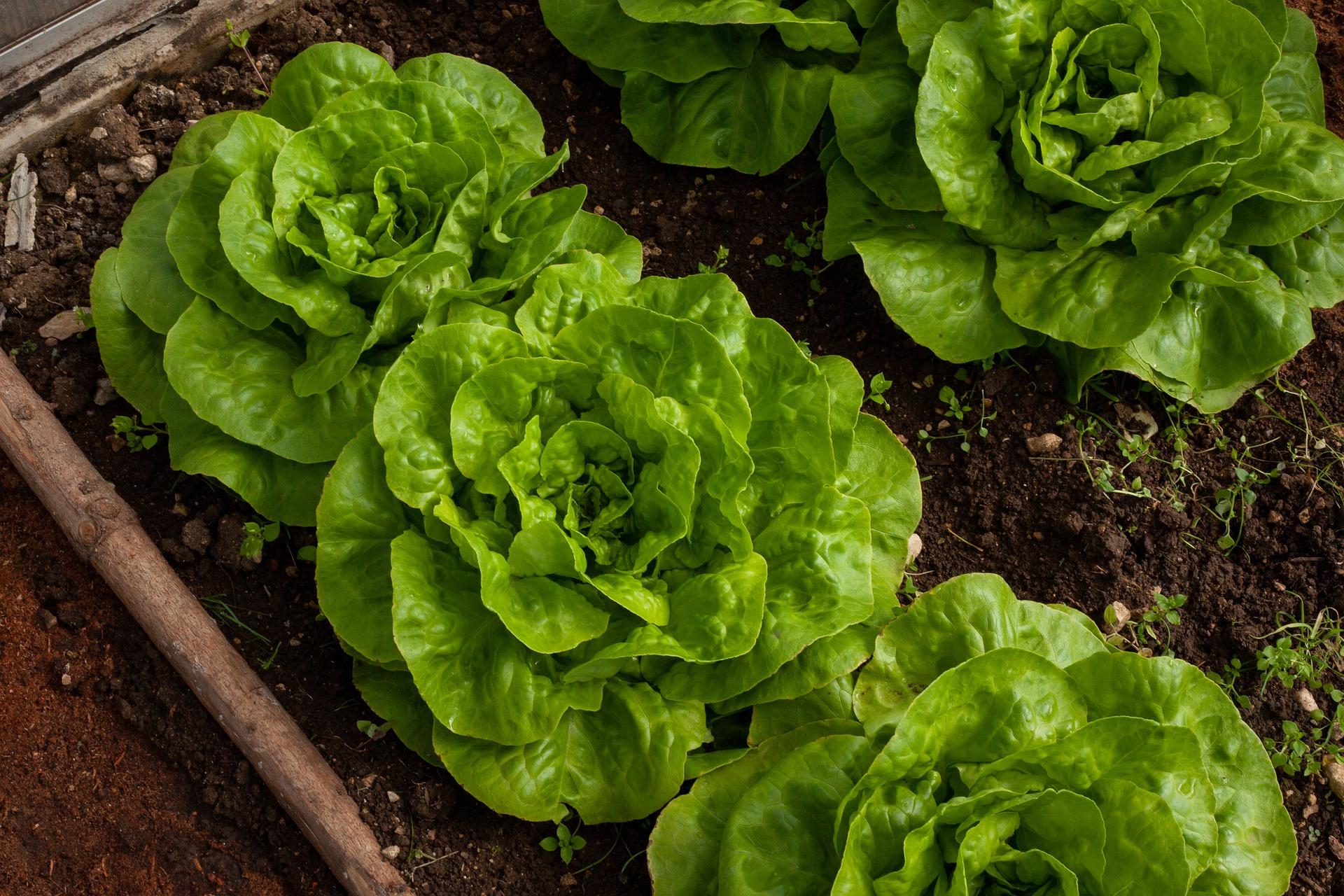
- Spinach: Spinach is another fast-growing crop that can be planted early in the season. It also helps to improve the soil quality by adding nitrogen.

What Are Some Plants to Avoid Planting Near Cantaloupes?
There are a few plants that you should avoid planting near cantaloupes. These include:
- Other cucurbits: This includes cucumbers, squash, and pumpkins. These plants are all susceptible to the same pests and diseases, so planting them near each other can increase the risk of problems.
- Potatoes: Potatoes and cantaloupes compete for the same nutrients, so planting them near each other can lead to nutrient deficiencies in both plants.
- Tomatoes: Tomatoes and cantaloupes can both attract the same pests, so planting them near each other can increase the risk of problems.
Conclusion
By using companion planting, you can help to improve your chances of success when growing cantaloupes. By planting the right companion plants, you can improve the flavor, appearance, and yield of your melons. You can also help to deter pests and diseases and improve the soil quality. So next time you're planning a cantaloupe garden, be sure to consider using companion planting.
Cantaloupe is a delicious and refreshing fruit that can be grown in many parts of the world. But did you know that companion planting can help to improve the growth and yield of your cantaloupe plants?
Companion planting is the practice of planting certain plants together in order to benefit each other. Some plants, such as basil and marigolds, can help to repel pests and diseases. Others, such as beans and peas, can help to improve the soil fertility.
If you're interested in learning more about cantaloupe companion planting, I recommend visiting Gardenia Inspiration. This website has a comprehensive chart that lists which plants are good companions for cantaloupe, as well as which plants should be avoided.
In addition to providing information about companion planting, Gardenia Inspiration also offers a variety of other resources for cantaloupe growers, including planting tips, care instructions, and recipes.
So whether you're a seasoned gardener or a beginner, I encourage you to visit Gardenia Inspiration to learn more about growing cantaloupes and companion planting.
FAQ of cantaloupe companion planting chart
- What are some good companion plants for cantaloupe?
Some of the best companion plants for cantaloupe include:
- Marigolds: Marigolds help to repel pests such as cucumber beetles and squash bugs, which can be a problem for cantaloupe plants.

- Nasturtiums: Nasturtiums also help to repel pests, and they can also help to improve the soil quality around the cantaloupe plants.
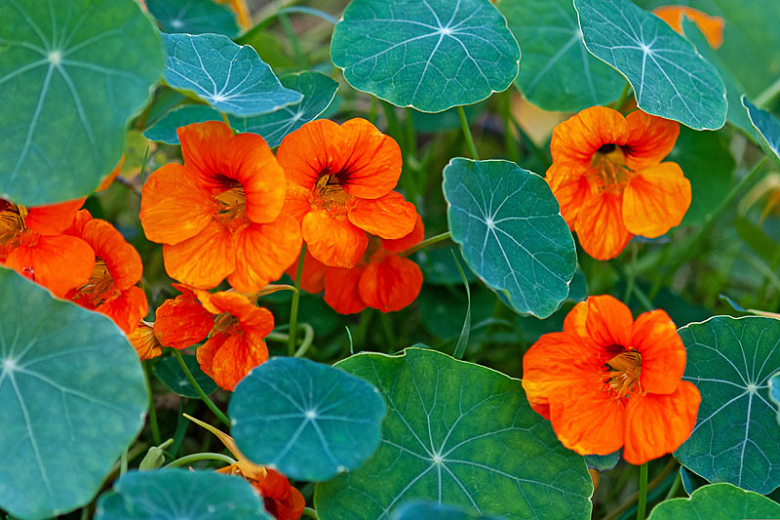
- Radishes: Radishes are a fast-growing crop that can help to suppress weeds and improve the drainage around the cantaloupe plants.
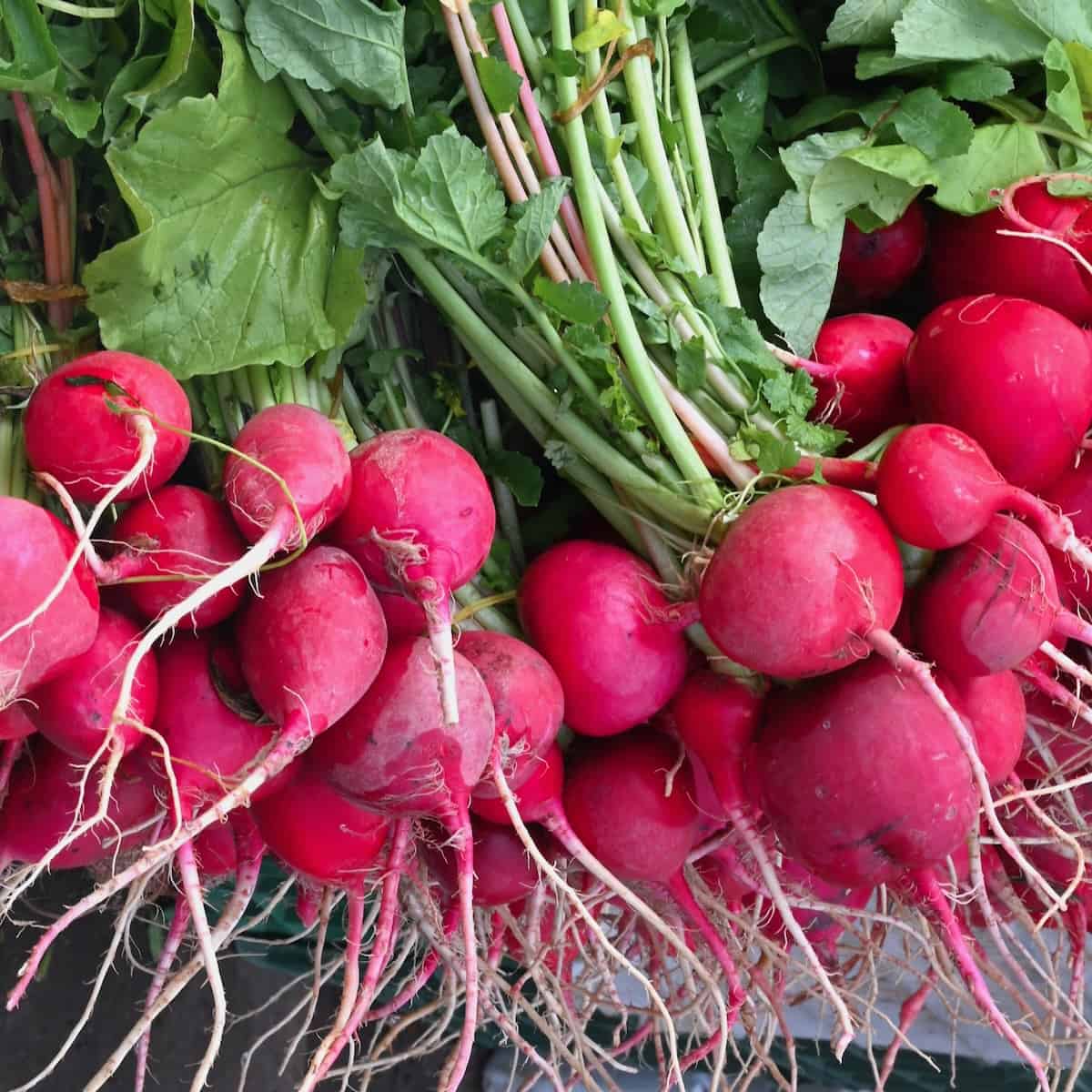
- Lettuce: Lettuce is a cool-season crop that can help to shade the cantaloupe plants from the hot sun.
- Herbs: Herbs such as basil, oregano, and mint can help to repel pests and attract pollinators to the cantaloupe plants.
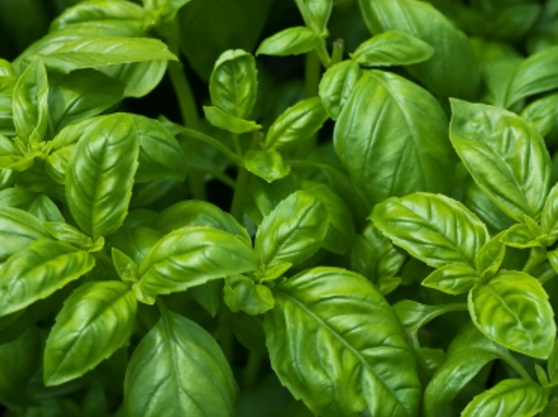
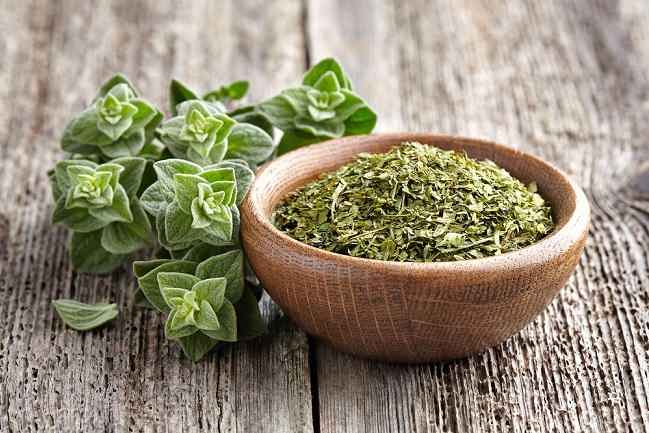
- What plants should I avoid planting near cantaloupe?
Some plants that you should avoid planting near cantaloupe include:
- Other cucurbits: This includes cucumbers, watermelons, and squash. These plants are susceptible to the same pests and diseases, so planting them near each other can increase the risk of problems.
- Potatoes: Potatoes can attract nematodes, which can also be a problem for cantaloupe plants.
- Tomatoes and peppers: Tomatoes and peppers take up a lot of space, so planting them near cantaloupe can crowd them out.
- Why is companion planting important for cantaloupe?
Companion planting is important for cantaloupe because it can help to:
- Attract pollinators: Pollinators are essential for the pollination of cantaloupe flowers, so planting companion plants that attract pollinators can help to ensure a good harvest.
- Repel pests: Companion plants can help to repel pests that can damage cantaloupe plants.
- Improve soil quality: Some companion plants can help to improve the soil quality around cantaloupe plants, which can lead to healthier plants and better yields.
- Suppress weeds: Companion plants can help to suppress weeds, which can free up the gardener's time and energy for other tasks.
- How far apart should cantaloupe plants be planted?
Cantaloupe plants should be planted about 3 feet apart. This will give them enough space to grow and spread out.
- When should I plant cantaloupe?
Cantaloupe plants should be planted in the spring, after the last frost. They need warm weather to germinate and grow, so it is important to wait until the weather is warm enough before planting them.
Image of cantaloupe companion planting chart
Image 1: This image shows a simple companion planting chart for cantaloupe. It lists a variety of plants that are good to grow near cantaloupe, such as beans, corn, eggplant, marigolds, and onions. It also lists a few plants that should be avoided planting near cantaloupe, such as potatoes and tomatoes.
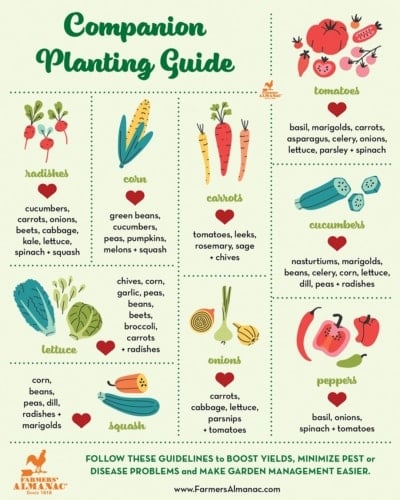
Image 2: This image is a more detailed companion planting chart for cantaloupe. It lists a wider variety of plants that are good to grow near cantaloupe, as well as the benefits of planting them together. For example, it says that planting beans near cantaloupe can help to improve the nitrogen levels in the soil.

Image 3: This image is a companion planting chart that shows how to create a "bee-friendly" garden. It lists a variety of plants that are attractive to bees, including cantaloupe. Bees are important pollinators, so planting these plants together can help to improve the pollination of your cantaloupe crop.

Image 4: This image is a companion planting chart that shows how to create a "pest-resistant" garden. It lists a variety of plants that can help to repel pests, such as marigolds, onions, and basil. Planting these plants near your cantaloupe can help to protect it from pests.

Image 5: This image is a companion planting chart that shows how to create a "water-wise" garden. It lists a variety of plants that are drought-tolerant, such as cantaloupe, beans, and corn. Planting these plants together can help to conserve water in your garden.


Post a Comment for "Cantaloupe Companion Planting Chart: The Ultimate Guide To Growing Delicious Melons"